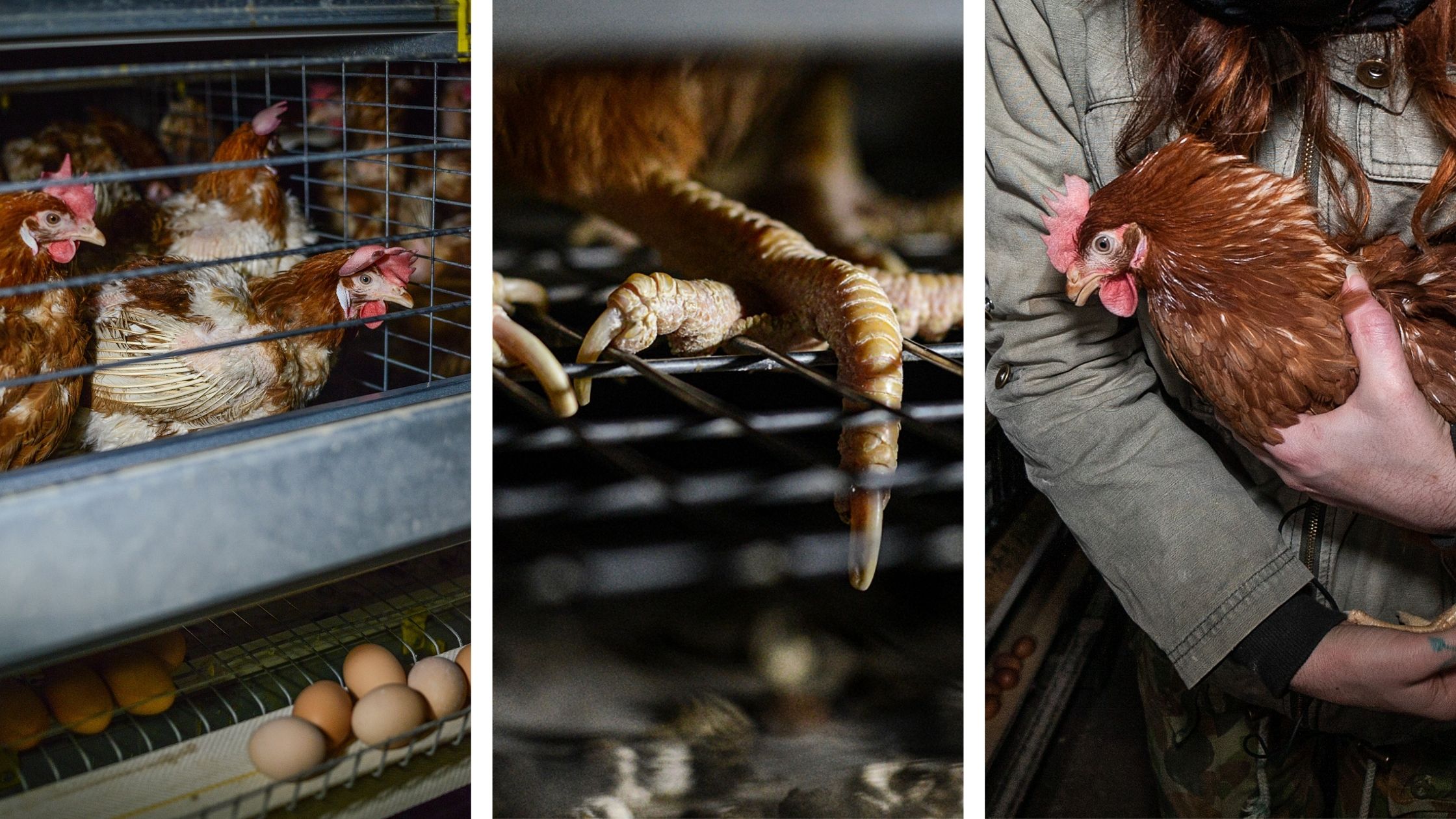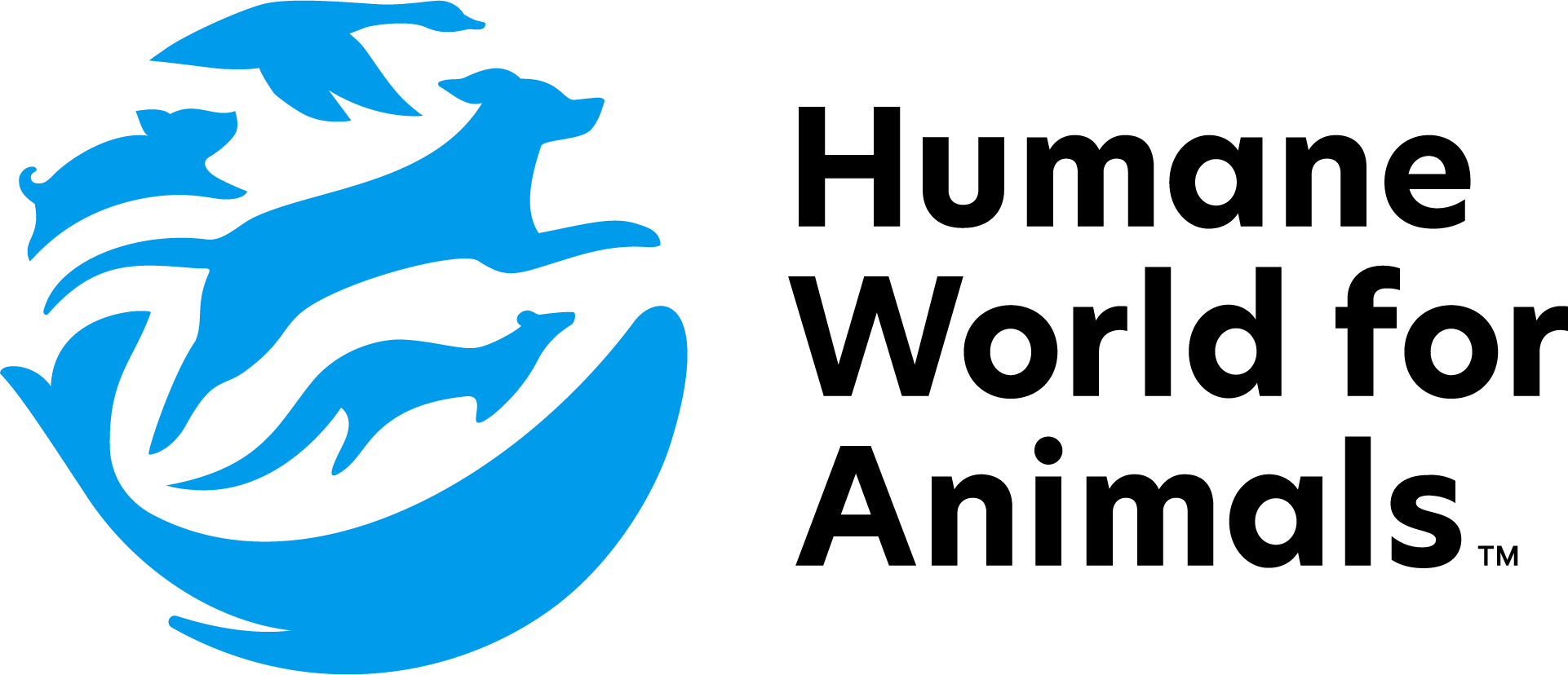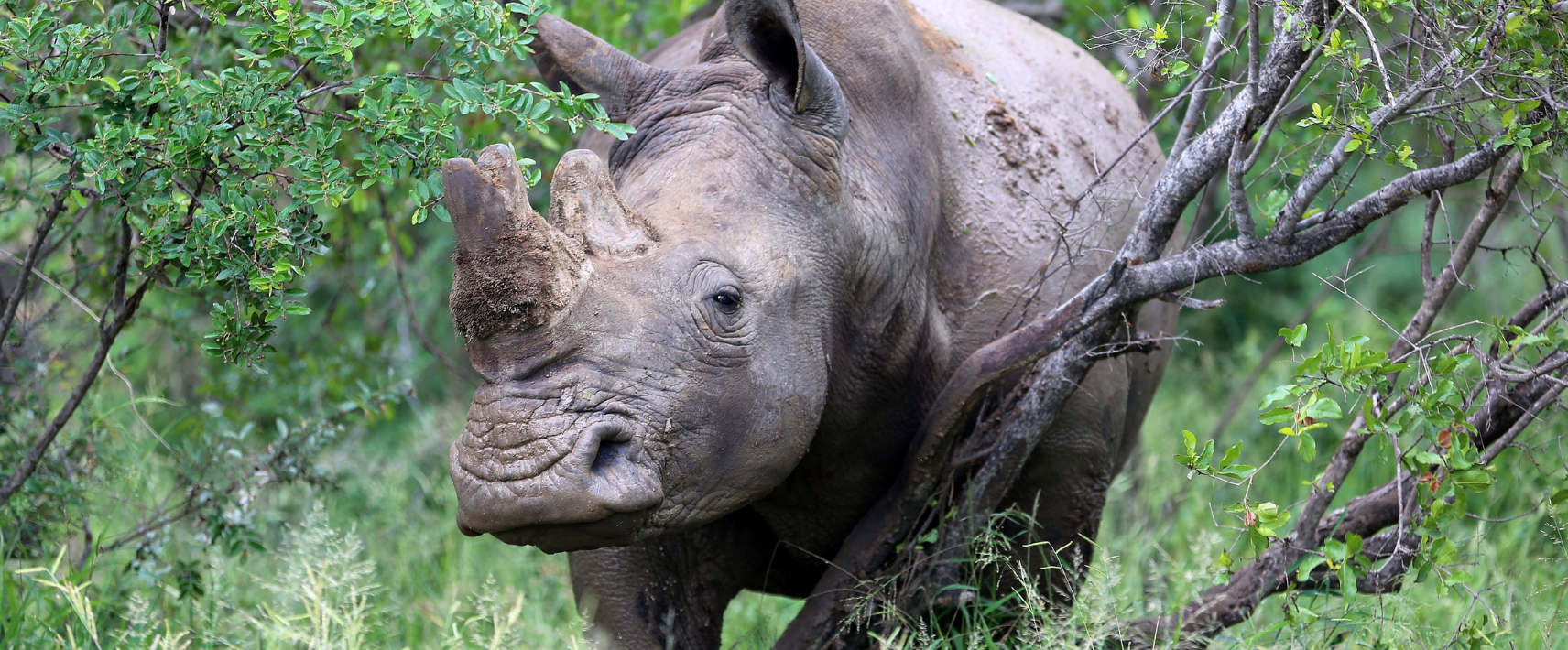One of the most important global meetings on wildlife trade has just wrapped up in Uzbekistan. It’s capital city Samarkand was where governments convened for the 20th Conference of the Parties (CoP20) to the Convention on International Trade in Endangered Species of Wild Fauna and Flora (CITES) to decide how international trade should be managed for some of the world’s most threatened...
What the actual…cluck?
Sorry if my cheeky title offends you. But behind the pun, is the gruelling story of Australia’s battery hens. I suspect you’ll find their story much more offensive.
Right now, more than 5 million hens are confined in barren battery cages across Australia. Each of them only has the equivalent space of an iPad to live, breath, feed and exist. None of them has the space to express their natural behaviours—to roost, nest, dust-bath; to simply wander freely or even flap their wings.
Now that to me, is offensive. That to me, begs the serious question behind the title – especially because those hens suffer such a terrible fate for one simple reason: our demand for eggs.
Scientists have looked at the issue of battery cages over time and have reached one conclusion: it is impossible to meet the welfare needs of hens in battery cages. Confining a hen to an unnatural life in an impossible space is condemning that innocent animal to an unjustified prison sentence that leads to broken bones, unnatural aggression, liver disease and osteoporosis.
But remember, this isn’t just a few animals—although even one is bad enough—but there are more than 5 million hens currently living like this across Australia at any one time: Over 5 million hens condemned to an unfair and unjust life sentence of suffering in confinement because supermarket shelves need stocking.
Setting the standard
After a staggering eight-year review, Australia’s poultry standards—officially the Australian Animal Welfare Standards and Guidelines for Poultry—were updated in 2023 and after a long-time coming, they now include the phase-out of battery cages. Every state agreed to enact a phase out that would see the end of battery cages by 2032–2036. But most are yet to implement that promise into their state legislation.
While the ACT banned battery cages back in 2014, and the Northern Territory has no cages, we need the states to act and there is not enough movement. Western Australia was the first state to implement the new phase out, and Tasmania and Victoria are moving in the right direction with public consultation and commitments respectively, but there has been nothing from NSW, Queensland, or South Australia – some of the states with the most caged hens.
It’s now been two years since the poultry standards were updated, but instead of hearing the joyous clucking of hens from NSW, Queensland and SA, we’ve heard…crickets.
Australia is well behind other nations when it comes to battery cages. Seventy-five percent of OECD countries have banned cages. The ACT, Northern Territory, Western Australia, Tasmania and Victoria are to be applauded, but NSW, Queensland, and South Australia are lagging behind a country that is already way behind where it should be.

Free reign on free range
Many egg lovers try to do the right thing and only buy free range eggs. But eggs fall into the same scrambled labelling information as so many other products. Australia’s free range eggs can come from farms containing anything up to 10,000 hens per hectare. While free range standards elsewhere in the world would more typically say there shouldn’t be more than 1,500.
You can see the stocking density printed on the carton, so please refer to that when buying your eggs and we advise you look for 1500 hens per hectare or less. But, better yet, why not try some egg substitutes! Chia seeds, flaxseed mill, aquafaba, and mashed banana, are healthy, natural, alternatives that can easily replace eggs in your baking.
Five million hens have found their way to horrible cages—and we can only speculate to how many million would have suffered the same fate over the years—all because of our demand for eggs.
Avoiding eggs altogether is the best way to protect the welfare of hens. If the demand for eggs goes down, the hens’ welfare will go up.


